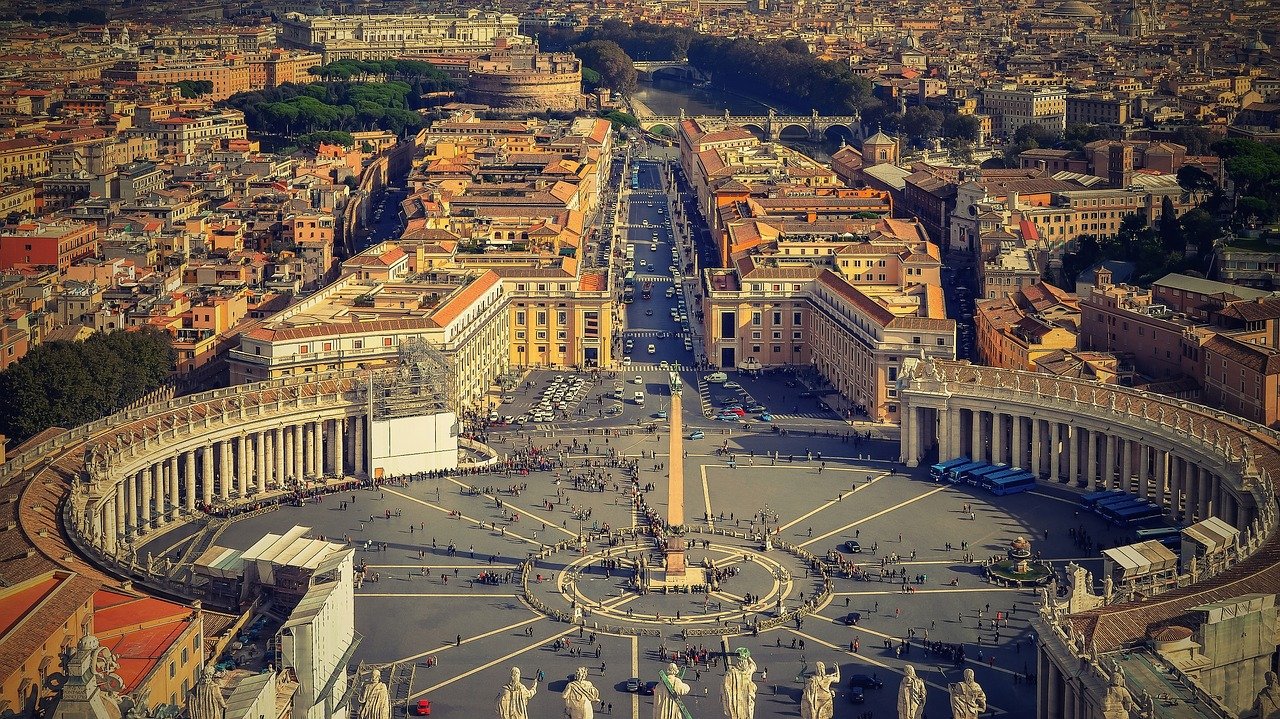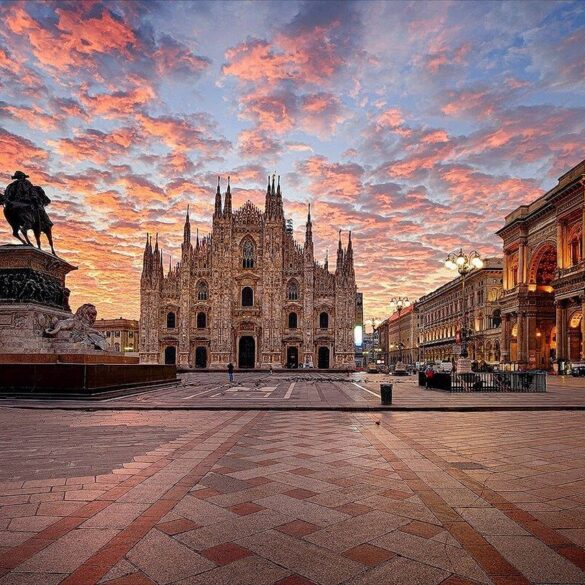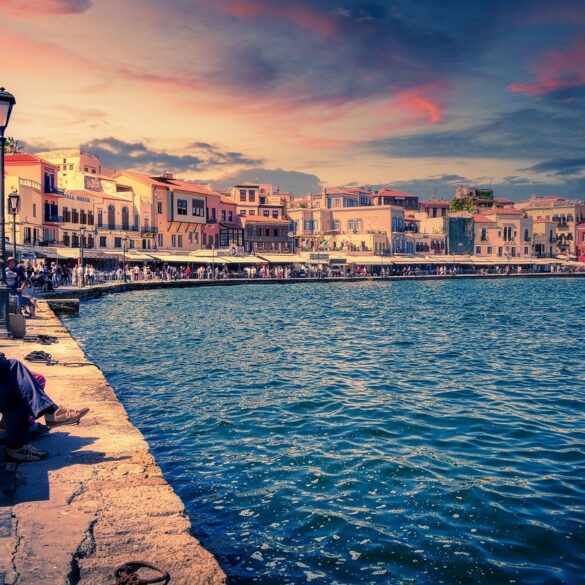
The city where hope never dies. It is a city that is proud of its magnificent past, a metropolis that once ruled Europe, Africa, and Asia. Rome is a city steeped in Christianity and history. All that this lovely city has to offer can easily overwhelm first-time visitors. Unfortunately, seeing all of Rome’s main tourist attractions in a few days or even a few months is not possible. Travelers that are wise will not try to see everything in one trip. They’ll toss a coin into the Trevi Fountain to ensure they’ll return to Rome. Legend has it that those who do will return to Rome again.
Colosseum
The popular tourist destination in Rome is the Colosseum. Emperor Vespasian of the Flavian dynasty began building in 72 AD and his son Titus completed it in 80 AD.
The circular amphitheater could accommodate up to 50,000 spectators who came to see gladiators fight, people be publicly executed, and other types of entertainment. Built-in the first century, this stone and concrete building was the Roman Empire’s greatest amphitheater. It is regarded as one of the greatest architectural and engineering achievements of the Romans.
St. Peter’s Basilica
The Basilica of St. Peter, the Catholic world’s center and a prominent tourist destination, is a massive basilica with an internal height of 120 meters (400 feet), large enough to contain the space shuttle and its booster rockets, as well as the Statue of Liberty.
The basilica is built on the traditional site of the crucification and burial of Peter, the apostle who is considered the first pope. The current structure began construction in 1506 and was finished in 1615. The dome was designed by Michelangelo, while the vast St. Peter’s Square was designed by Bernini.
Pantheon
The Pantheon was established in 126 AD as a temple for all the Roman gods and is one of the best-preserved Roman structures. Since the 7th century, the temple has served as a Roman Catholic Church. The front of this circular edifice is dominated by eight beautiful granite Corinthian columns, with smaller columns at the back.
The Pantheon’s renowned dome is still the world’s largest unreinforced concrete dome, despite being over 2,000 years old. Marcus Agrippa is said to have built the Pantheon as a private temple. Emperor Hadrian reconstructed the existing structure in the second century.
Vatican Museums
Pope Julius II donated a collection of sculptures to the Vatican Museums in the 16th century. They now comprise many museums within Vatican City, as well as some of the world’s most significant relics. The spiral staircase, the Raphael Rooms, and the magnificently painted Sistine Chapel are among the museums’ highlights. Between 1508 and 1512, Michelangelo painted the chapel ceiling.
Michelangelo’s ceiling, particularly The Last Judgment, is often considered to be his best effort in painting today. The museums have four itineraries ranging from one and a half hours to more than five hours to keep the large crowds under control. The Sistine Chapel is the final destination on all itineraries.



